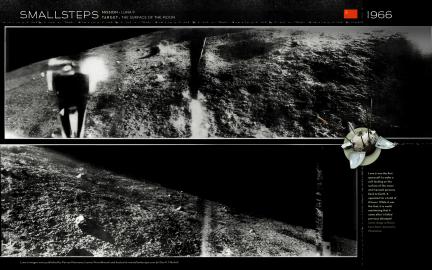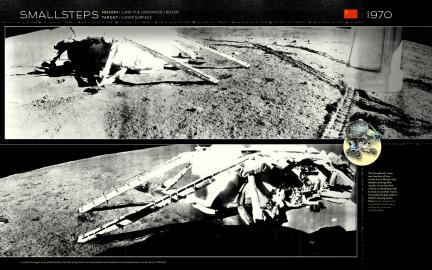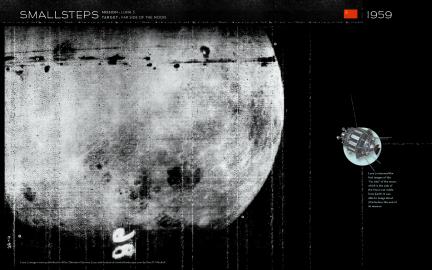I have been contacting some of my favorite space related bloggers about their potential inclusion in the upcoming Carnival of Space to be hosted here at Wandering Space on Sept. 27. Many of these individuals surprised me by admitting that they hadn’t been aware to its existence. So, in case you are unfamiliar… The Carnival of Space is simply a regular round-up of posts relating to space exploration and research. Each issue of the carnival is hosted at a different blog location and the editor of said blog would, in effect, curate that edition of the carnival. The final result is essentially just a blog post that links out to several other blogs posts and hopefully works as a sort of “best of” collection for the past few weeks. It is a great opportunity to get a whole lot of traffic as a host and share that traffic with other bloggers by linking to their individual posts. The hope is that it will not only get people reading a single article, but maybe stay a while and check out the rest of the blog… maybe even become a regular reader or subscriber.
The last edition of the Carnival of Space (#21) was hosted at whyhomeschool.blogspot.com. That edition had a theme which was the unveiling of the Google Lunar XPrize. Like that edition, the next edition to be hosted here will have a theme of “Art and Imagery of Space”. Hopefully highlighting both people who creativly work with space imagery, as well as people who do more technical compositing and work with mission data. If you have any ideas or potential content for the next carnival please contact wanderingspace.net with your ideas. Only three days left.
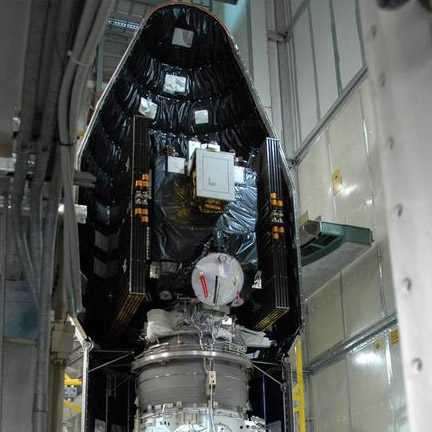
Coincidentally, The Dawn Mission to the Vesta and Ceres (asteroids) is scheduled to lift-off the same day as the carnival. This has been repeatedly delayed for a while now. Hopefully the 27th sticks.

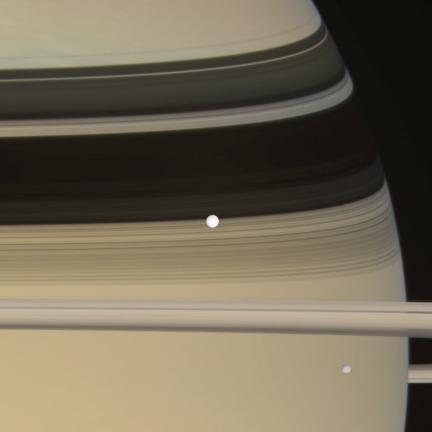
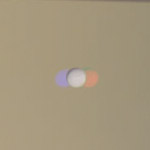 Of course, the moons and Cassini were both moving and changing the perspective of the 3 bodies from one another from one filtered exposure to the next (the effects of which can be seen at left). So it was required that the 2 moons be “lifted” from the main image, properly registered for each individual moon and then merged back into the main composition. Once in place, a bit of Photoshop retouching was needed to erase the echoes in the 2 other channels where the moons were before registration was corrected.
Of course, the moons and Cassini were both moving and changing the perspective of the 3 bodies from one another from one filtered exposure to the next (the effects of which can be seen at left). So it was required that the 2 moons be “lifted” from the main image, properly registered for each individual moon and then merged back into the main composition. Once in place, a bit of Photoshop retouching was needed to erase the echoes in the 2 other channels where the moons were before registration was corrected.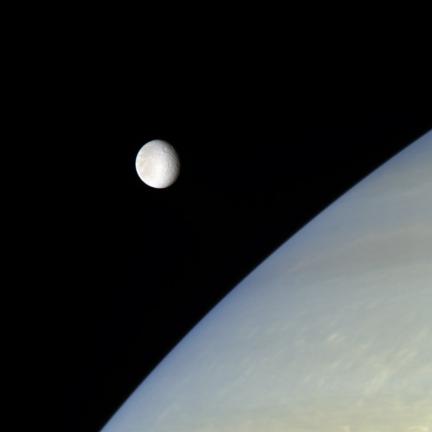
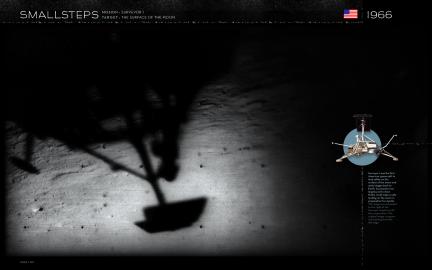
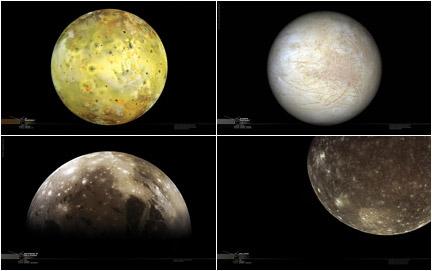
 The Ron Howard documentary “In the Shadow of the Moon”, came to theaters on September 7th. How did I miss this?
The Ron Howard documentary “In the Shadow of the Moon”, came to theaters on September 7th. How did I miss this? 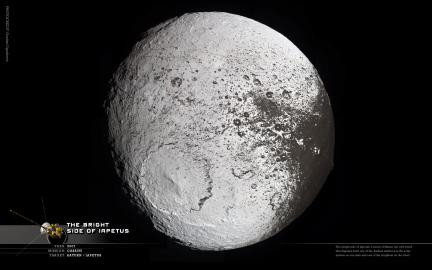

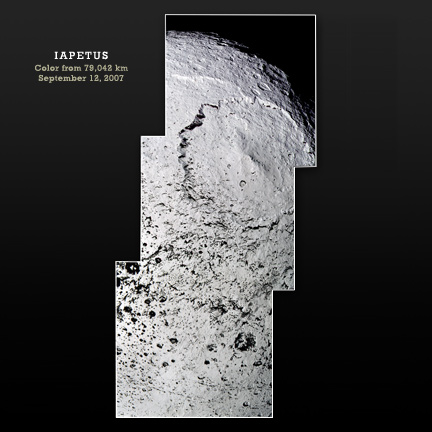



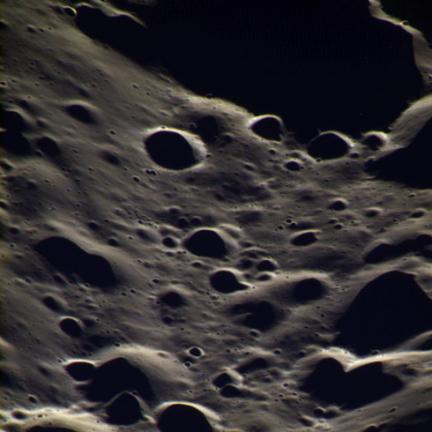 From yesterday’s encounter at 8,593 kilometers. Near true color image constructed from the infrared, green and ultraviolet filters.
From yesterday’s encounter at 8,593 kilometers. Near true color image constructed from the infrared, green and ultraviolet filters.

